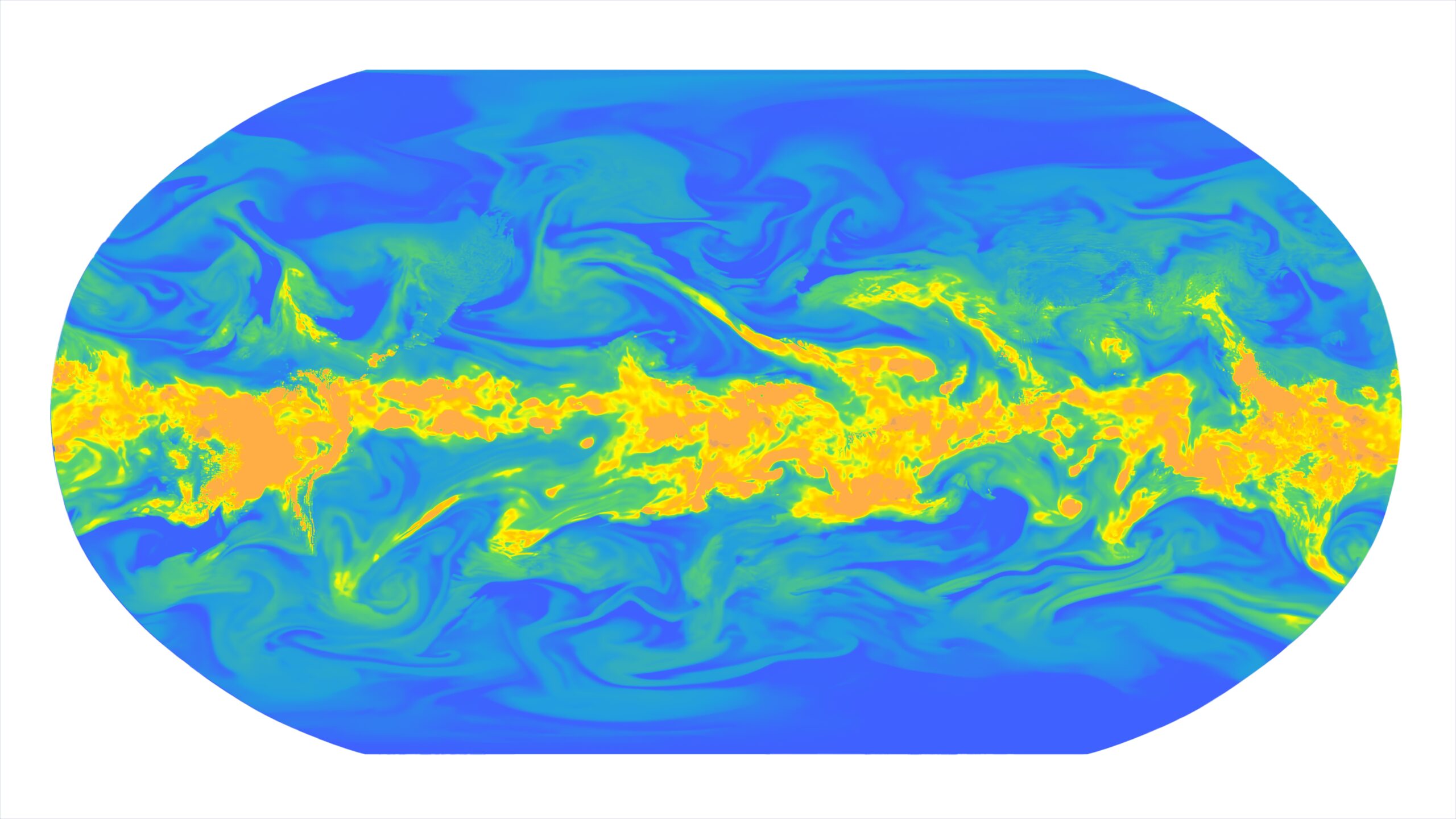
google updates its weather forecasts with a Google has introduced a new AI-driven weather forecasting model that promises to enhance the accuracy and speed of weather predictions across its various platforms.
google updates its weather forecasts with a
Introduction to WeatherNext 2
On a recent announcement, Google unveiled its latest innovation in weather forecasting: WeatherNext 2. This advanced AI model is set to be integrated into several of the company’s popular products, including Google Search, Gemini, and Pixel smartphones. The introduction of WeatherNext 2 marks a significant step forward in Google’s efforts to leverage artificial intelligence for practical applications, particularly in the realm of meteorology.
Performance and Accuracy
Google’s AI-enhanced weather forecasts have demonstrated impressive accuracy in preliminary tests. The new model is capable of generating forecasts eight times faster than its predecessor, which is a remarkable improvement in processing speed. According to Google, WeatherNext 2 can accurately predict 99.9 percent of variables such as temperature and wind conditions. This level of precision is crucial for both individual users and businesses that rely on accurate weather data for decision-making.
Speed and Efficiency
One of the standout features of WeatherNext 2 is its ability to produce hundreds of potential outcomes from a single starting point. This capability allows users to understand a range of possible weather scenarios rather than a single forecast. The model utilizes Google’s Tensor Processing Units (TPUs) to generate predictions in less than a minute, a task that would typically take several hours using traditional physics-based models on supercomputers. This efficiency is a game-changer in the field of weather forecasting.
Conventional vs. AI Models
Traditional weather forecasting models are computationally intensive because they attempt to recreate the complex physics of the atmosphere to generate forecasts. These models rely heavily on numerical weather prediction, which involves solving mathematical equations that describe atmospheric processes. In contrast, AI models like WeatherNext 2 focus on identifying patterns from historical weather data, enabling them to make predictions based on learned behaviors rather than complex physics.
Innovative Technology: Functional Generative Network
The advancements in WeatherNext 2 can be attributed to a novel approach known as the Functional Generative Network (FGN). This strategy allows the model to incorporate noise—or targeted randomness—into its predictions. By doing so, WeatherNext 2 can generate multiple potential outcomes in a single processing step, significantly reducing the time and computational resources required for forecasting. Older AI weather models often required repeated processing to arrive at a single forecast, making them less efficient.
Forecasting Capabilities
WeatherNext 2 is capable of making predictions up to 15 days in advance and can generate hourly forecasts. This level of granularity is particularly appealing to various industries that depend on precise weather information. For example, sectors such as energy, agriculture, transportation, and logistics can benefit significantly from one-hour forecasts, allowing them to make informed decisions that directly impact their operations.
Target Audience and Applications
Google’s new weather model is not just aimed at individual consumers; it also targets enterprise customers. Akib Uddin, a product manager at Google Research, noted that industries such as energy and agriculture have expressed strong interest in the one-hour forecasting capabilities. These forecasts can help businesses make more precise decisions related to their operations, ultimately leading to increased efficiency and reduced costs.
Integration Across Google Products
In addition to being incorporated into Google Maps, Search, Gemini, and Pixel Weather, WeatherNext 2 will also be available through an early access program for customers interested in custom modeling. This flexibility allows businesses to tailor the model to their specific needs, enhancing its utility in various applications. Furthermore, the forecast data will be accessible in Google Earth Engine for geospatial analysis and BigQuery for large-scale data analysis, broadening the scope of its application.
Competitive Landscape
While Google is making significant strides in AI-driven weather forecasting, it is not without competition. Other organizations, including the European Center for Medium-Range Weather Forecasts, Nvidia, and Huawei, are also developing their own AI weather models. This competitive landscape indicates a growing interest in the application of generative AI in meteorology, suggesting that advancements in this field are likely to continue at a rapid pace.
Implications for the Future
The introduction of WeatherNext 2 has broader implications for the future of weather forecasting. As AI technology continues to evolve, the potential for more accurate and timely weather predictions could lead to improved disaster preparedness and response. For instance, more precise forecasts can help communities prepare for severe weather events, potentially saving lives and reducing property damage.
Stakeholder Reactions
Initial reactions from stakeholders in various industries have been positive. Businesses that rely on weather data are particularly enthusiastic about the potential for more accurate and timely forecasts. The ability to make decisions based on real-time weather data can enhance operational efficiency and reduce risks associated with weather-related disruptions.
Conclusion
Google’s WeatherNext 2 represents a significant advancement in the field of weather forecasting, leveraging AI technology to provide faster and more accurate predictions. With its integration into popular products and its appeal to both individual consumers and enterprise customers, WeatherNext 2 is poised to redefine how weather data is utilized across various sectors. As competition in the AI weather forecasting space intensifies, the ongoing development and refinement of such models will likely lead to even more innovative solutions in the future.
Source: Original report
Was this helpful?
Last Modified: November 18, 2025 at 5:38 pm
0 views















